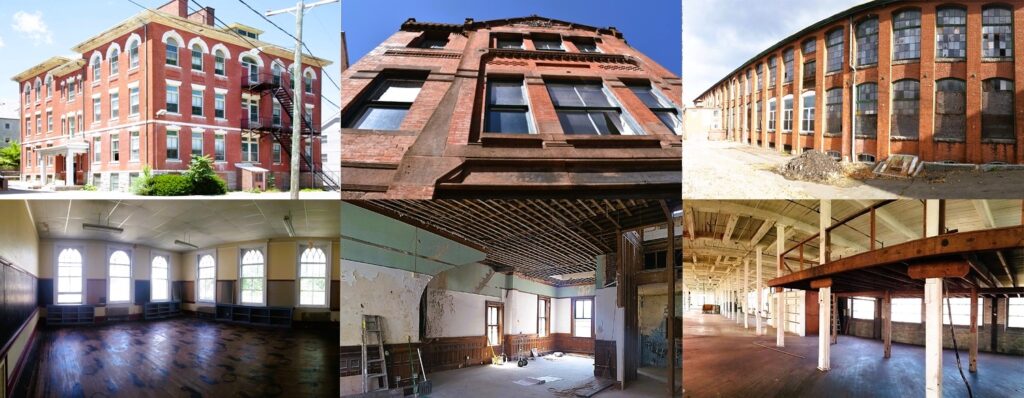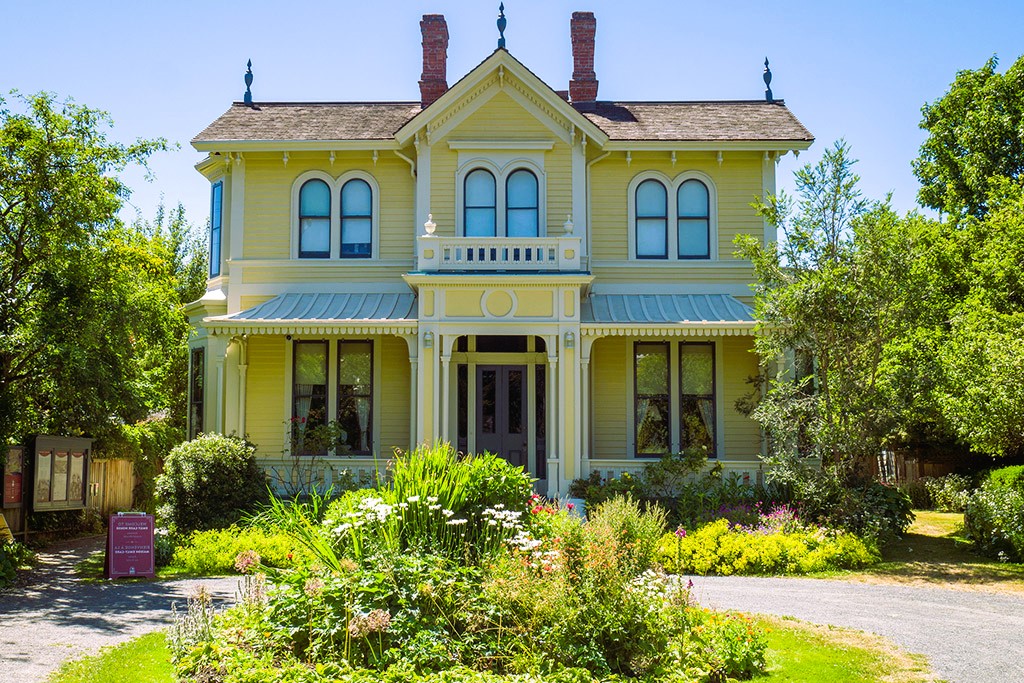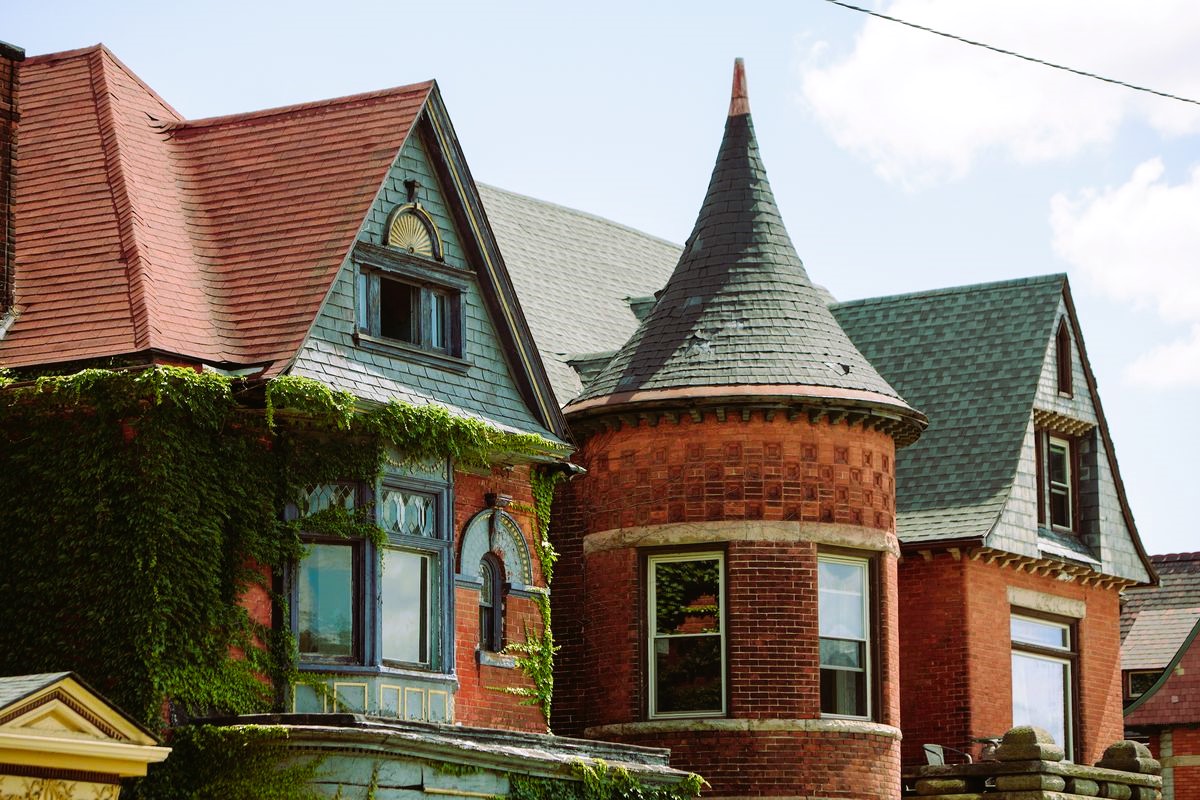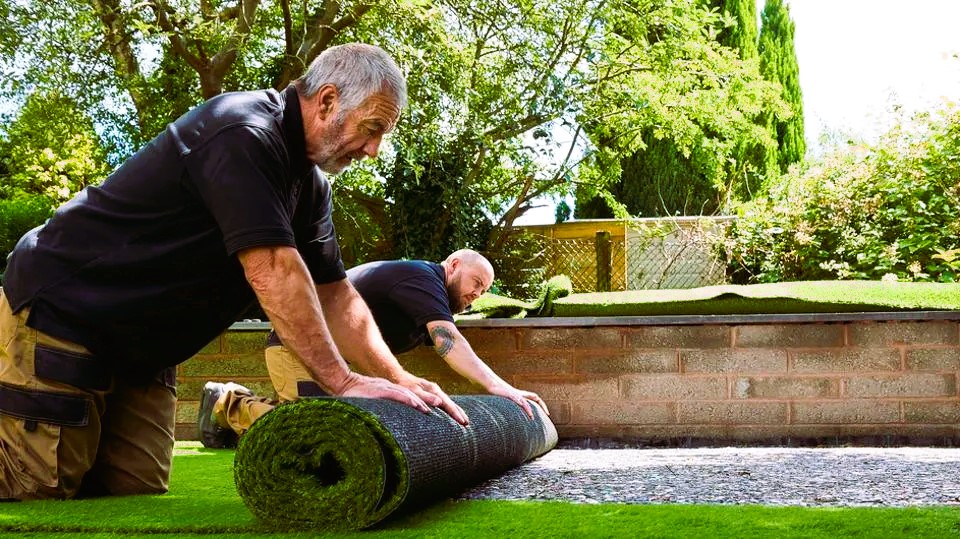Canada boasts a rich tapestry of historical homes, each telling a unique story of the country’s past. Preserving and restoring these historic properties is not only a matter of maintaining cultural heritage but also a reflection of a community’s commitment to its roots. However, the costs associated with restoring historic homes can be significant, prompting the need for financial incentives. This article explores how rebates play a crucial role in assisting Canadians in the restoration of their historic homes, contributing to the preservation of cultural and architectural legacies.
The Importance of Restoring Historic Homes
Historic homes serve as tangible links to the past, offering a glimpse into the architectural styles, craftsmanship, and lifestyles of bygone eras. The preservation of these homes contributes to:
- Cultural Heritage: Historic homes are an integral part of Canada’s cultural identity, reflecting the evolution of communities and the people who shaped them.
- Architectural Significance: Many historic homes showcase unique architectural styles and craftsmanship that may be rare or nonexistent in contemporary construction.
- Community Character: Preserving historic homes helps maintain the character and charm of neighborhoods, creating a sense of continuity and community identity.
- Sustainable Practices: Restoration often involves utilizing existing materials and incorporating sustainable practices, aligning with modern environmental consciousness.
Challenges in Restoring Historic Homes

While the benefits of restoring historic homes are evident, the challenges are equally significant. These challenges include:
- Financial Burden: Restoration costs can be substantial, especially when dealing with specialized materials and skilled craftsmen who can replicate historical details.
- Regulatory Compliance: Historic homes are often subject to strict regulations to ensure preservation. Meeting these standards can add complexity to the restoration process.
- Limited Accessibility to Resources: Homeowners may face difficulties in accessing resources and expertise specific to the restoration of historic properties.
The Role of Rebates in Historic Home Restoration
To address the financial barriers associated with historic home restoration, various levels of government in Canada have introduced rebate programs. These programs aim to incentivize homeowners to invest in preserving and restoring their historic properties.
Key Areas Covered by Historic Home Restoration Rebates:
- Architectural Elements: Rebates may cover the restoration of specific architectural elements, such as intricate moldings, stained glass windows, or ornate facades.
- Energy Efficiency Upgrades: Some rebate programs encourage the incorporation of energy-efficient technologies without compromising the historical integrity of the home.
- Masonry and Roofing: Restoration of original masonry and roofing materials, crucial for maintaining the structural integrity of historic homes, may be eligible for rebates.
- Window and Door Restoration: Preservation of original windows and doors or the installation of historically accurate replicas may be supported through rebate initiatives.
- Landscaping: Programs may extend to the restoration of historic gardens or landscapes, promoting a holistic approach to preserving the property’s heritage. We have prepared recommendations for smoothly updating windows in your home.
Examples of Historic Home Restoration Rebate Programs
- Federal Historic Places Initiative: The Federal Historic Places Initiative in Canada, supported by Parks Canada, provides financial incentives for the restoration and preservation of designated historic places. This includes grants and tax incentives for qualified restoration projects.
- Heritage Property Grant Program (Nova Scotia): Nova Scotia’s Heritage Property Grant Program offers financial assistance to property owners for the restoration and maintenance of designated heritage properties. This includes support for structural work, roofing, and other essential restoration elements.
- City of Toronto Heritage Grant Program: The City of Toronto’s Heritage Grant Program provides financial assistance to property owners for the restoration of heritage properties within the city. The program covers a wide range of restoration activities, including masonry work, window restoration, and landscaping.
How Canadians Can Access Historic Home Restoration Rebates
- Research Available Programs: Start by researching available historic home restoration rebate programs at the federal, provincial, or municipal levels. Government websites, such as Canada.ca, provide comprehensive information on existing programs.
- Understand Eligibility Criteria: Each rebate program may have specific eligibility criteria. Understand the requirements, including the age and designation of the property, the scope of eligible restoration work, and any documentation needed for the application.
- Engage with Preservation Experts: Collaborate with preservation architects, heritage consultants, or local historical societies to ensure that your restoration plans align with the requirements of rebate programs. Their expertise can be valuable in navigating the intricacies of restoration standards.
- Document Your Restoration Project: Keep detailed records of your restoration project, including before-and-after photographs, receipts for materials and labor, and any other documentation required by the rebate program. Thorough documentation will strengthen your rebate application.
- Submit Your Application: Once your restoration project is complete and all required documentation is prepared, submit your application for the rebate program. Adhere to any deadlines and follow the submission guidelines provided by the relevant authority.
Case Study: Restoring a Victorian Heritage Home in British Columbia

To illustrate the impact of leveraging rebates for historic home restoration, let’s consider a case study of a homeowner in British Columbia restoring a Victorian heritage home.
Background: The homeowner owns a designated heritage property dating back to the late 19th century, featuring intricate Victorian detailing. Recognizing the need for restoration, the homeowner embarks on a project to restore the ornate woodwork, windows, and roofing.
Rebates Leveraged: The homeowner researched available rebate programs and applied for the Federal Historic Places Initiative and British Columbia’s Heritage Property Grant Program. The rebates covered a significant portion of the restoration costs, including specialized craftsmanship and historically accurate materials.
Benefits: The restoration not only preserved the unique architectural elements of the Victorian home but also contributed to the overall heritage character of the neighborhood. The homeowner received financial support for their commitment to preserving this important piece of local history.
Conclusion
Historic home restoration is a noble endeavor that requires dedication, expertise, and financial investment. Rebate programs play a pivotal role in easing the financial burden on homeowners and encouraging the preservation of Canada’s rich architectural heritage.
To explore more about historical preservation standards and initiatives in Canada, you can refer to the official website of the Standards Council of Canada (SCC): Standards Council of Canada.
In conclusion, as Canadians embark on the journey of restoring historic homes, rebates serve as catalysts for ensuring that these architectural treasures continue to stand proudly, narrating tales of the past for generations to come.





